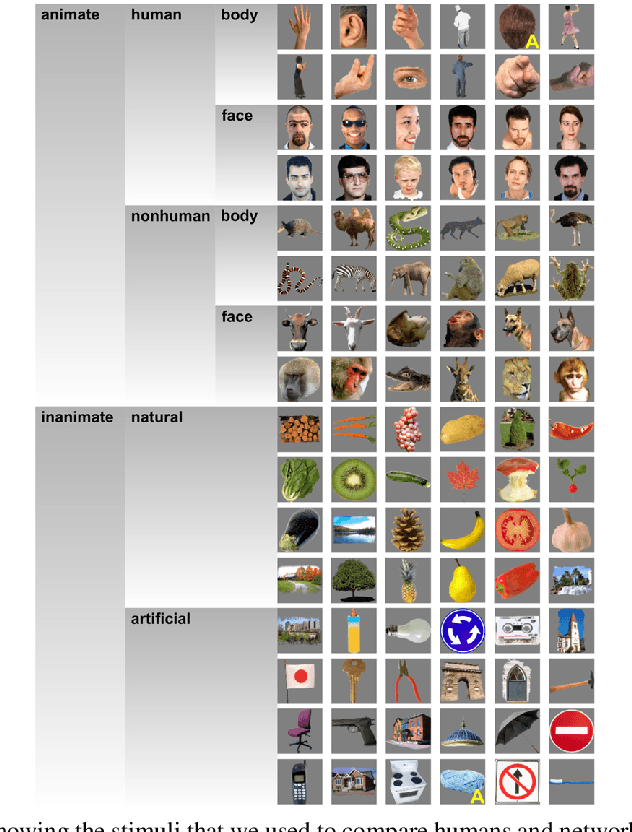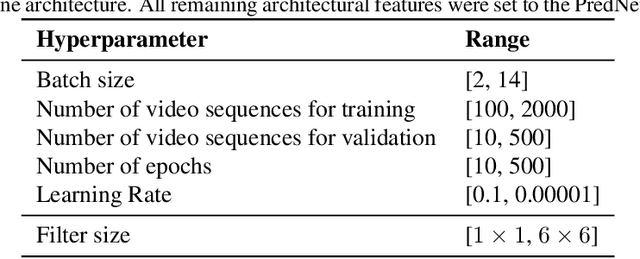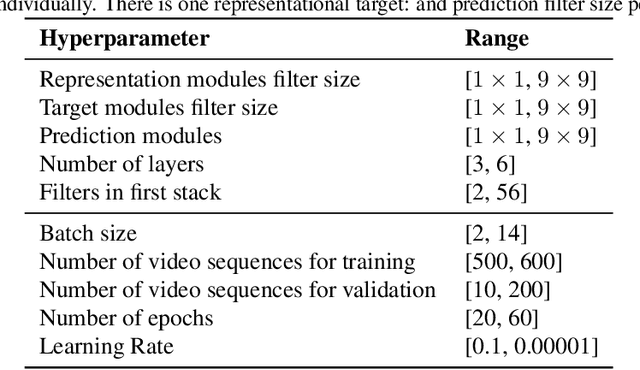A Neurobiological Cross-domain Evaluation Metric for Predictive Coding Networks
Paper and Code
Jul 09, 2018



Achieving a good measure of model generalization remains a challenge within machine learning. One of the highest-performing learning models is the biological brain, which has unparalleled generalization capabilities. In this work, we propose and evaluate a human-model similarity metric for determining model correspondence to the human brain, as inspired by representational similarity analysis. We evaluate this metric on unsupervised predictive coding networks. These models are designed to mimic the phenomenon of residual error propagation in the visual cortex, implying their potential for biological fidelity. The human-model similarity metric is calculated by measuring the similarity between human brain fMRI activations and predictive coding network activations over a shared set of stimuli. In order to study our metric in relation to standard performance evaluations on cross-domain tasks, we train a multitude of predictive coding models across various conditions. Each unsupervised model is trained on next frame prediction in video and evaluated using three metrics: 1) mean squared error of next frame prediction, 2) object matching accuracy, and 3) our human-model similarity metric. Through this evaluation, we show that models with higher human-model similarity are more likely to generalize to cross-domain tasks. We also show that our metric facilitates a substantial decrease in model search time because the similarity metric stabilizes quickly --- in as few as 10 epochs. We propose that this metric could be deployed in model search to quickly identify and eliminate weaker models.
 Add to Chrome
Add to Chrome Add to Firefox
Add to Firefox Add to Edge
Add to Edge